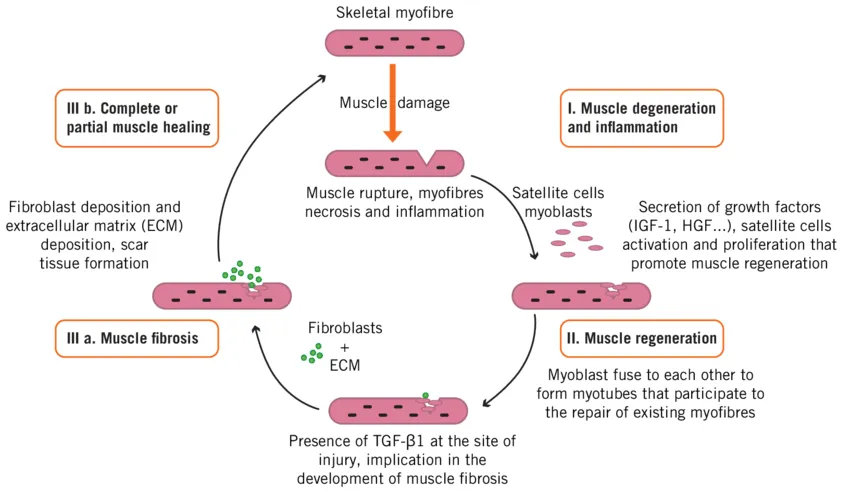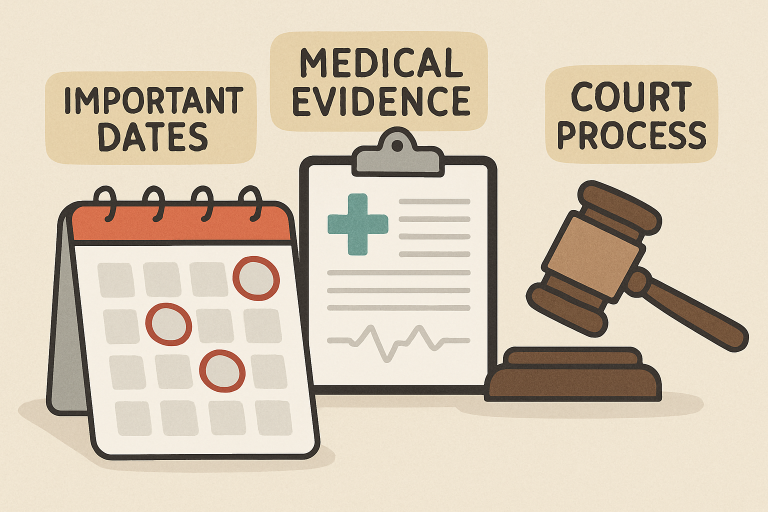You’re looking in the mirror, and there it is, a pesky bump on your skin. Is it an ingrown hair? Or could it be herpes? These two can look scarily similar, but they’re worlds apart. Let’s break it down so you can figure out what’s going on and what to do next.
What’s an Ingrown Hair?
After you’ve consulted an ingrown hair vs herpes similarities and differences resource, you’ll probably feel better. You’ve probably dealt with an ingrown hair before. It happens when a hair curls back or grows sideways into your skin instead of popping out. Shaving, waxing, or tight clothing can make this more likely. That red, tender bump? It’s your skin throwing a fit over that trapped hair. They’re super common in areas like your legs, armpits, or, ahem, down there.
What About Herpes?
Herpes, on the other hand, is a viral infection caused by the herpes simplex virus (HSV). It’s passed through skin-to-skin contact, often during intimate moments. Those bumps you’re seeing? They’re usually blisters or sores, and they can show up in places like your mouth or genital area. Unlike ingrown hairs, herpes is contagious, so it’s a bigger deal.
How They Look Similar
At first glance, both can trick you. An ingrown hair might be red, swollen, and sore, just like a herpes sore. Both can pop up in sensitive spots, especially if you’re grooming down south. Sometimes, an ingrown hair even gets a little pus, which can mimic the fluid-filled blisters of herpes. It’s no wonder you’re stressing about which is which!
Key Differences to Spot
Here’s where they part ways. Ingrown hairs are usually solo acts, one bump, maybe with a visible hair trapped inside. Herpes tends to show up as a cluster of blisters, often on a red, inflamed base. Pain is another clue: ingrown hairs are tender but manageable; herpes sores can sting or burn like nobody’s business. Timing matters too. Ingrown hairs stick around until the hair breaks free, while herpes sores typically heal in 7-14 days but may come back.
- Ingrown hairs: Often tied to recent shaving or waxing.
- Herpes: May follow a pattern, flaring up with stress or a weak immune system.
- Ingrown hairs: Not contagious.
- Herpes: Very contagious during outbreaks.
What You Can Do
Got an ingrown hair? Try a warm compress for 10-15 minutes daily to free the hair. Gently exfoliate to clear dead skin, and use hydrocortisone cream for redness. Diluted tea tree oil can soothe, but skip shaving to let your skin heal. If it’s infected, see a dermatologist for extraction or antibiotics. For herpes, visit a doctor for antiviral meds like acyclovir to manage outbreaks. Take ibuprofen for pain, keep the area clean, and avoid home remedies, herpes needs medical care. Don’t pick at either; it risks infection or scarring.
When to Get Help
If you’re unsure, don’t play detective. A doctor can swab a sore or check the bump to confirm what’s what. Herpes might need ongoing management, while ingrown hairs are usually a quick fix. Persistent pain, fever, or sores that spread? Get to a doc ASAP.
That bump might have you worried, but now you know the signs. Ingrown hairs are annoying but harmless; herpes needs more attention. Keep an eye on symptoms, and don’t hesitate to get professional advice.





Leave a Reply